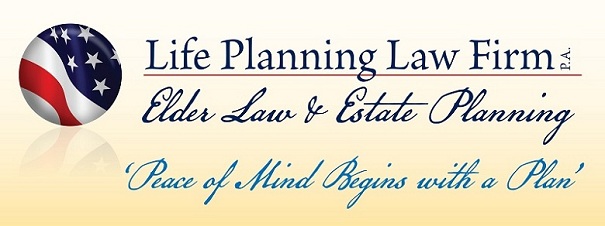VA & Medicaid Benefits
Veterans Benefits
Veterans Benefits may be the most misunderstood and under- utilized resources available to Seniors today. Most people are aware that Benefits are available through the Veterans Administration for the brave men and women who served in our armed forces. Yet, too few veterans and their spouses realize that they too could be eligible to receive large monthly checks even if they did not directly retire from the military or get injured in the line of duty.
The confusion often comes from the actual name of the program: Veterans Pension. Most people hear the word “Pension” and think of a long work career that ends in retirement. Yet, wrapped within the VA Pension system is the “Aid and Attendance Benefit.”
A veteran, or a widowed spouse of a veteran, who is eligible for the Pension and Aid and Attendance program could receive the following monetary benefits:
|
2015 Maximum Pension Rates for Aid and Attendance |
||
| Single Veteran | $1,789 Per Month | $21,486 Per Year |
| Married Veteran | $2,120 Per Month | $25,440 Per Year |
| Widowed Spouse | $1,149 Per Month | $13,788 Per Year |
What Are the Eligibility Requirements?
- The Requirements to receive some form of Aid and Attendance are not as stringent as one might think. A Veteran, Widowed Spouse, or Disabled Adult Child can be a claimant.
- Veteran MUST have Served at Least Ninety Consecutive Days on Active duty; one day of which had to have been during a War Time Period. (This does not mean the Veteran had to have served directly in a combat zone. It simply means he or she served during a time of war.)
- Veteran must have had an “Honorable Discharge.”
- Claimant’s Physician Must Declare him/her as “Housebound” and “in Need of Assistance from Another Individual.” That individual may include Home Health Care Helper, Assisted Living, or Nursing Home Care, or even a family member.
- Claimant generally must have less than $80,000 in assets. There is no firm asset cap with the VA. The agency will review the asset level of the applicant and determine whether he/she has enough resources to pay for the care needed for the duration of his or her life. The VA asset limit does not include the primary residence, car, or personal belongings. Certain planning techniques can be employed to drop a Veteran or surviving spouse below the resource limit.
- Claimant must meet Income Requirements.
- A widowed Spouse must have been Married to the Veteran at the time of the Veterans Death and never remarried
- A widowed Spouse must have been living with the Veteran at the time of the Veteran’s death, unless the separation was due to medical or military reasons (there may be some exceptions related to separations due to abuse).
Though some Veterans may look at this list and question their eligibility, particularly due to the income and resource limits, legal planning techniques can be implemented to bring the individual under the financial caps set forth by the VA.

